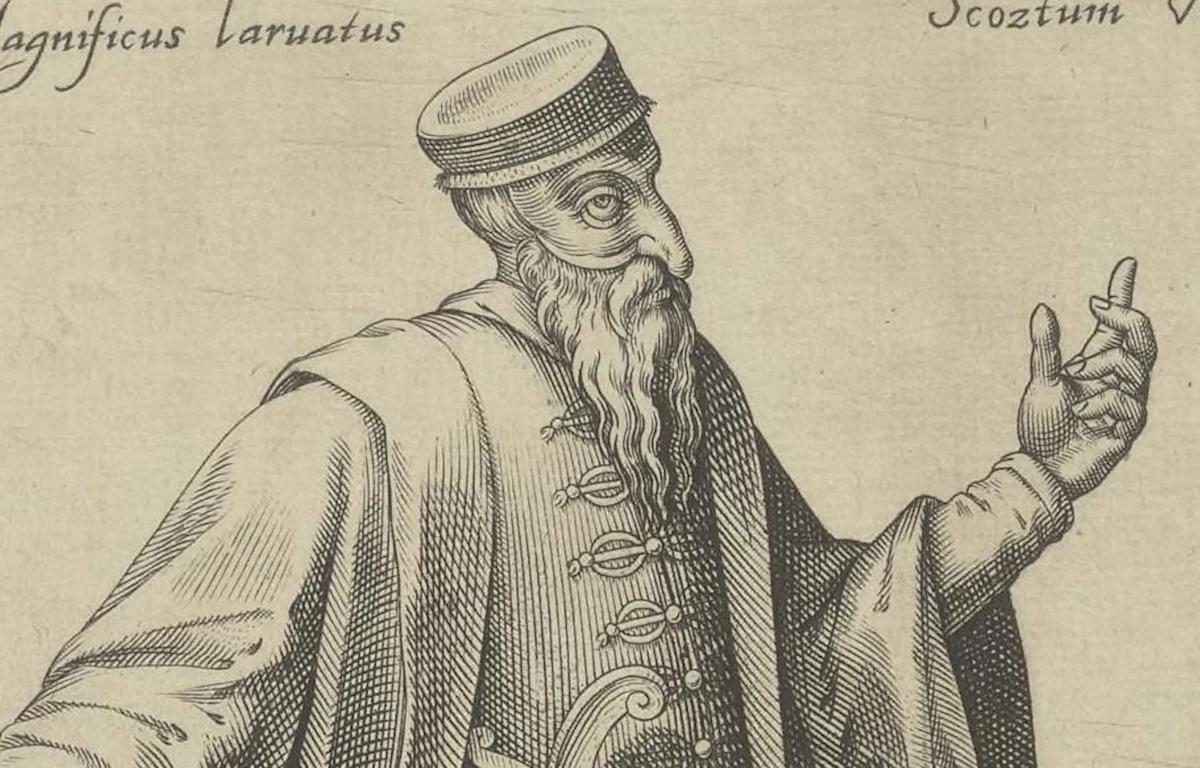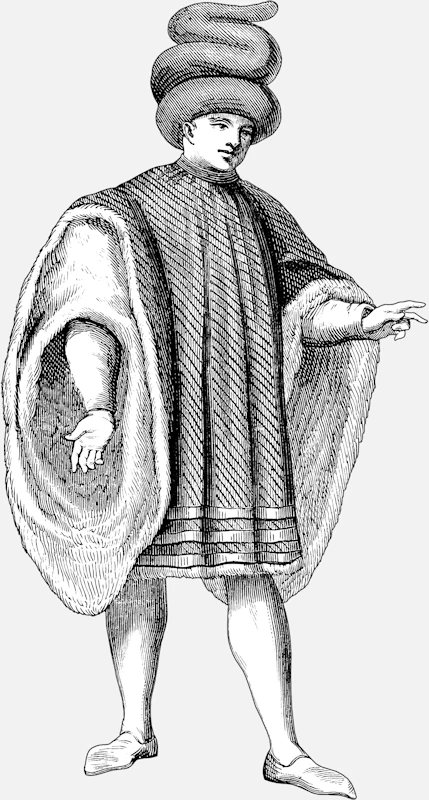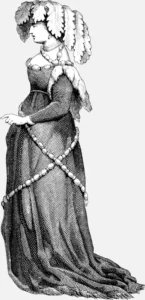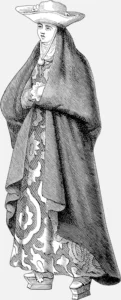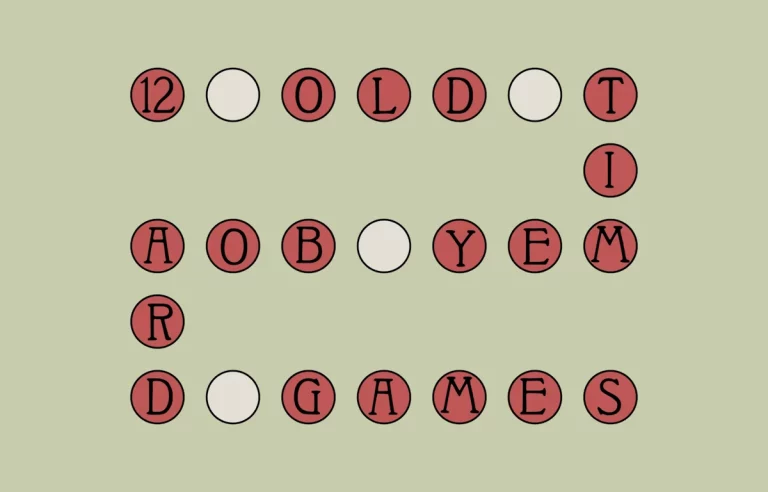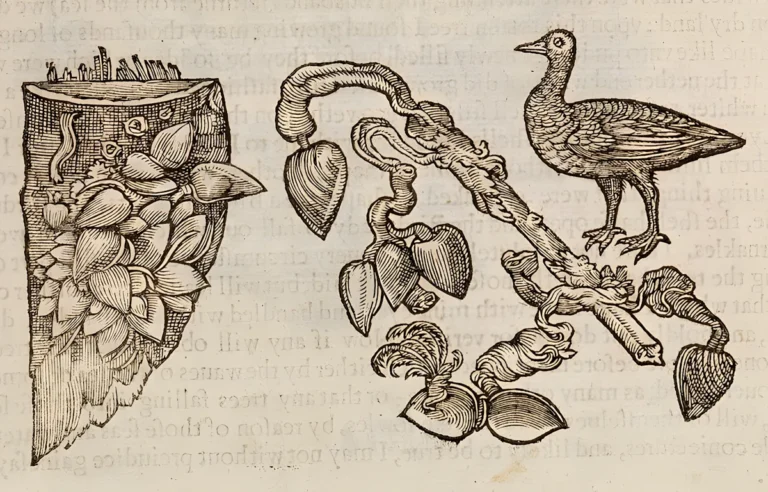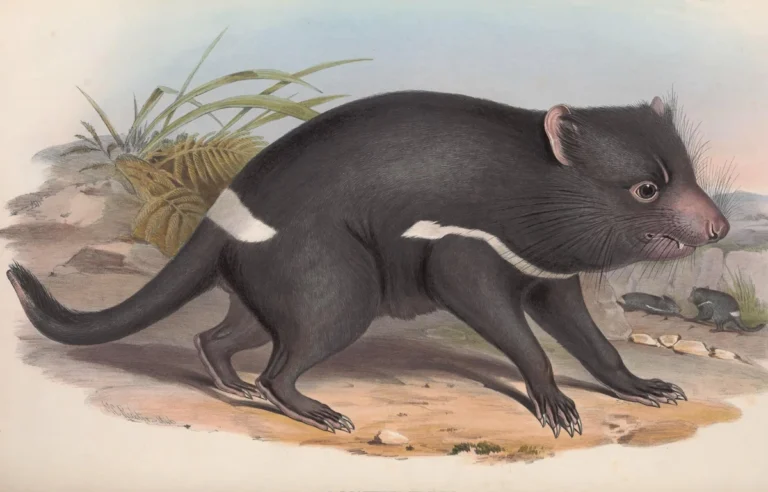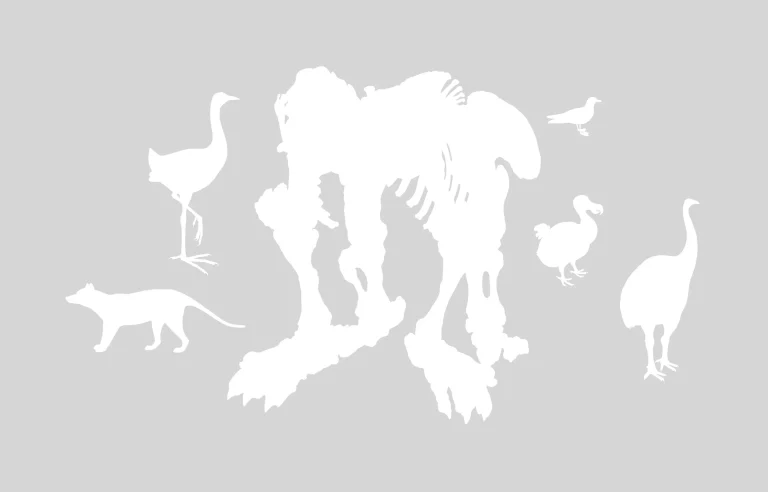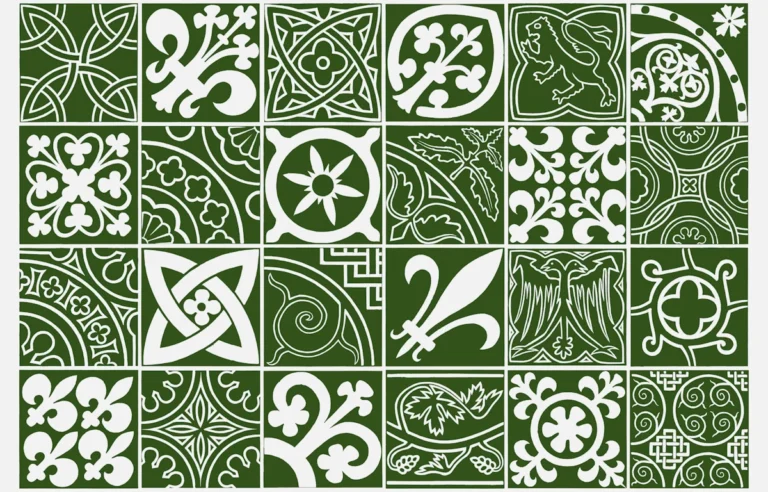16th Century Fashion: A Reflection of Cultural Identity
The 16th century was a period of profound change in Europe, marked by the Renaissance’s flourishing ideas, the Reformation’s religious upheavals, and the exploration and colonization of new lands. Amidst these transformations, fashion became a crucial expression of social status, cultural identity, and even political allegiance. Clothing was not merely functional; it was a statement, a way to project power, wealth, and affiliation. The period’s fashion is captured vividly in two influential works: Habitus Variarum Orbis Gentium (1581) (The costumes of the various peoples of the world) written and illustrated by Jean-Jacques Boissard, engraved by Julius Goltzius, and De gli Habiti Antichi e Modérni (1590) (Of Costumes, Ancient and Modern, of Different Parts of the World) written and illustrated by Cesare Vecellio, engraved by Christoph Krieger.
The Cultural and Social Context of 16th Century Fashion
In the 16th century, Europe’s social hierarchy was reflected in the clothing people wore. The nobility and royalty adorned themselves in luxurious fabrics like silk, velvet, and brocade, often imported from Italy, Spain, or the Ottoman Empire. Their garments were richly embroidered with gold and silver threads, and adorned with jewels, fur, and lace. The lower classes, on the other hand, wore simpler, more durable materials such as wool and linen. Sumptuary laws, enacted to regulate expenditure on luxury goods, strictly dictated what different social classes could wear, reinforcing the rigid social structure of the time.
Fashion was also heavily influenced by the political landscape. The courts of Europe, particularly those of France, Spain, and England, were fashion trendsetters. Monarchs like Henry VIII of England and Catherine de’ Medici of France were known for their extravagant wardrobes, and their styles were emulated by the nobility. The spread of Renaissance ideas across Europe also brought about a revival of classical themes in fashion, with garments often inspired by ancient Greek and Roman attire.
The exploration and colonization of new lands during the 16th century also had a significant impact on fashion. The influx of exotic materials and new dyes, such as cochineal from the Americas, expanded the color palette available to European designers. This era also saw the rise of fashion books, which documented and disseminated the latest styles across Europe. Among the most notable of these works are Habitus Variarum Orbis Gentium by Jean-Jacques Boissard and De gli Habiti Antichi e Modérni by Cesare Vecellio.
Habitus Variarum Orbis Gentium (1581)
Habitus Variarum Orbis Gentium by Jean-Jacques Boissard is a seminal work in the history of costume, offering a detailed glimpse into the diverse clothing styles of various peoples around the world. Boissard, a French antiquary and illustrator, traveled extensively throughout Europe and the Near East, collecting information about different cultures and their attire. His illustrations were brought to life by the skilled engravings of Julius Goltzius, a Flemish artist known for his intricate and precise engravings.
The book is divided into several sections, each dedicated to the clothing of different regions and peoples, including Europeans, Asians, Africans, and Native Americans. Boissard’s detailed descriptions and Goltzius’s engravings provide a fascinating insight into the global diversity of fashion in the 16th century. The illustrations in Habitus Variarum Orbis Gentium are remarkable for their accuracy and attention to detail. They depict not only the garments themselves but also the materials, patterns, and accessories that were characteristic of each culture.
One of the key features of this work is its emphasis on the cultural significance of clothing. Boissard and Goltzius understood that fashion was not just about aesthetics; it was deeply connected to identity, status, and tradition. The book showcases the rich embroidery of Turkish garments, the elaborate headdresses of Persian women, and the vibrant, feathered attire of Native American chiefs. Each image is accompanied by a description that explains the significance of the clothing, making it clear that fashion was a universal language, spoken in different dialects across the globe.
The impact of Habitus Variarum Orbis Gentium on European fashion cannot be overstated. It introduced European audiences to a wider world of fashion and inspired designers to incorporate elements from different cultures into their creations. The book also played a role in shaping European perceptions of other cultures, for better or worse, by framing them through the lens of fashion. It is a testament to the global interconnectedness of the 16th century, a time when the boundaries between cultures were becoming increasingly porous.
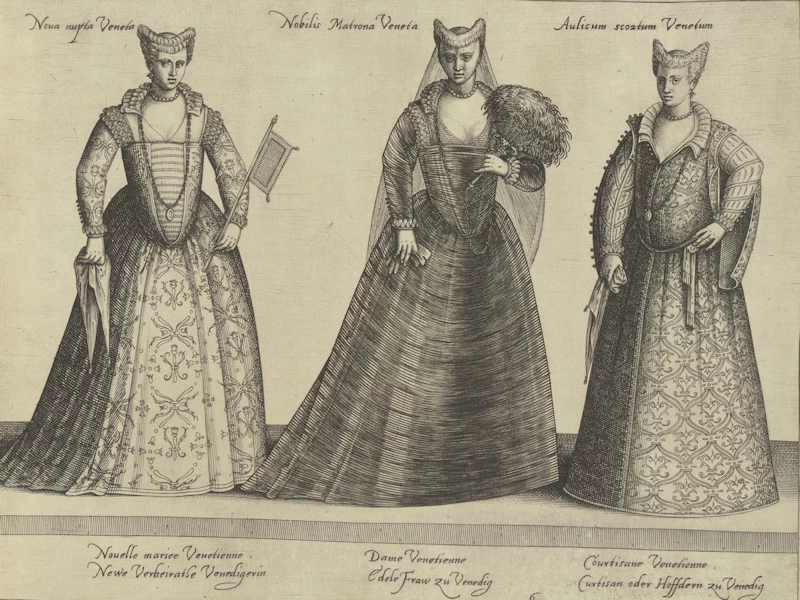
De gli Habiti Antichi e Modérni (1590)
While Boissard’s work focused on the diversity of global fashion, Cesare Vecellio’s “De gli Habiti Antichi e Modérni” offers an extensive survey of clothing from antiquity to the modern day, with a particular emphasis on European fashion. Vecellio, a cousin of the renowned painter Titian, was an artist and scholar deeply interested in the history of costume. His work, engraved by Christoph Krieger, is one of the most comprehensive costume books of the 16th century, covering a wide range of cultures and periods.
De gli Habiti Antichi e Modérni is divided into two main sections: one dealing with ancient attire and the other with contemporary fashion. The book is notable for its systematic approach, with each section further subdivided into categories based on region, social class, and occupation. Vecellio’s illustrations are detailed and elegant, capturing the nuances of different fabrics, cuts, and decorations.
One of the most striking aspects of Vecellio’s work is its attention to detail in representing the social hierarchy of 16th-century Europe. The book includes depictions of clothing worn by royalty, nobility, clergy, and commoners, each meticulously detailed to reflect their status. The clothing of the lower classes is depicted with simplicity, often made from coarse fabrics and in plain colors, while the attire of the upper classes is richly adorned with embroidery, lace, and jewels. The book also includes representations of occupational dress, highlighting the diversity of clothing worn by artisans, merchants, and farmers.
In addition to European fashion, De gli Habiti Antichi e Modérni also includes depictions of non-European clothing, reflecting the growing interest in other cultures during the Renaissance. Vecellio’s work provides a window into the world of the 16th century, showing how fashion was influenced by geography, trade, and cultural exchange. The book’s engravings of clothing from the Ottoman Empire, Persia, and India reveal the fascination Europeans had with the exotic, and how these influences were gradually integrated into Western fashion.
Vecellio’s work is also significant for its influence on subsequent costume books and its role in preserving the history of fashion. De gli Habiti Antichi e Modérni served as a reference for later costume historians and artists, and its detailed depictions of clothing from different periods and regions have been invaluable to scholars of fashion history. The book’s emphasis on the connection between clothing and social status also reflects the broader cultural attitudes of the 16th century, where fashion was not just about personal expression, but also about maintaining and displaying one’s place in the social hierarchy.
Conclusion
The 16th century was a pivotal time in the history of fashion, a period when clothing became a powerful tool for expressing identity, status, and cultural affiliation. The works of Jean-Jacques Boissard and Cesare Vecellio, “Habitus Variarum Orbis Gentium” and “De gli Habiti Antichi e Modérni”, offer invaluable insights into the fashion of this era. Through their detailed engravings and descriptions, these books capture the diversity and richness of 16th-century clothing, reflecting the complex interplay of tradition, innovation, and cultural exchange that characterized the period.
These works not only documented the fashion of their time but also influenced it, introducing new ideas and inspirations to European designers and audiences. They stand as lasting testaments to the importance of fashion in the 16th century, a time when what one wore was as much a statement of who they were as any other aspect of their identity.


